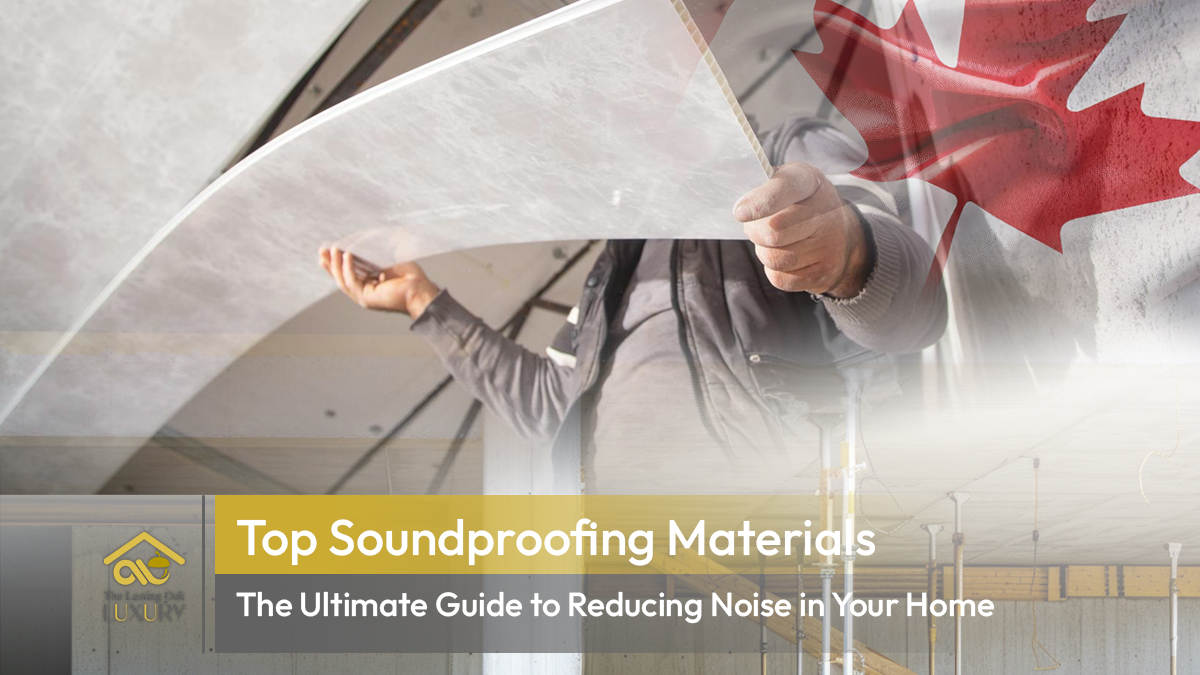
Introduction
Welcome to “Top Soundproofing Materials: The Ultimate Guide to Reducing Noise in Your Home,” produced by the research and development unit of LastingOak. In today’s fast-paced world, maintaining a quiet and peaceful home environment is essential. Whether it’s the hustle and bustle of urban living or the need for a tranquil space for concentration, effective home soundproofing can significantly enhance your quality of life. This comprehensive guide explores the best soundproof materials and techniques to help you achieve optimal noise isolation.
What are the Most Effective Soundproof Materials Available for Home Use?
When it comes to home soundproofing, selecting the right soundproof materials is crucial for achieving effective noise isolation. Here are some of the most effective soundproof materials available for home use:
- Acoustic Panels Acoustic panels are highly effective soundproof materials designed to absorb sound waves and reduce echo and reverberation. These panels are ideal for home offices, recording studios, and entertainment rooms, offering excellent noise isolation.
- Soundproof Curtains Soundproof curtains are a simple yet powerful solution for home soundproofing. Made from dense, heavy fabrics, these curtains block out external sounds while adding an aesthetic touch to your home decor. They are particularly useful for reducing noise from traffic, neighbors, or other outdoor sources.
- Mass Loaded Vinyl (MLV) Mass Loaded Vinyl is a versatile and highly effective soundproof material. It can be used on walls, floors, and ceilings to block noise transmission. MLV’s flexibility and thin profile make it easy to install behind drywall or under flooring, providing robust noise isolation.
- Soundproof Drywall Soundproof drywall combines multiple layers of gypsum with viscoelastic polymers, offering superior noise reduction compared to standard drywall. This material is perfect for creating quiet spaces within your home, such as bedrooms and living rooms.
- Acoustic Foam Acoustic foam panels are commonly used in studios to control sound reflections. Available in various shapes and sizes, these panels are effective for reducing mid to high-frequency noise, making them suitable for home soundproofing applications.
- Carpet and Underlayment Adding carpet and soundproof underlayment can significantly reduce noise transmission through floors. This is particularly useful in multi-story homes or apartments, providing effective noise isolation between different levels of the house.
- Weatherstripping Weatherstripping seals gaps around doors and windows, preventing sound from leaking through. It is an affordable and easy-to-install option for improving noise isolation and enhancing the overall effectiveness of your home soundproofing efforts.
- Double Glazing Windows Double glazing involves using two panes of glass with an air gap between them. This design reduces sound transmission and improves thermal insulation, making it a great choice for home soundproofing.
- Door Sweeps Door sweeps are installed at the bottom of doors to seal gaps that can allow sound to pass through. They are an effective solution for enhancing the soundproofing of existing doors and improving noise isolation within your home.
- High-Density Insulation High-density insulation materials, such as fiberglass or rock wool, can be used within walls and ceilings to improve soundproofing. These materials offer additional benefits such as thermal insulation and are essential components of a comprehensive home soundproofing strategy.
By utilizing these soundproof materials, you can effectively reduce noise and create a more peaceful and quiet home environment.
How Do Different Soundproof Materials Compare in Terms of Cost and Effectiveness?
When it comes to home soundproofing, the choice of soundproof materials plays a significant role in both cost and effectiveness. Here’s a comparison of various soundproof materials based on these factors:
- Acoustic Panels
-
- Cost: Moderate to high, depending on the quality and design.
- Effectiveness: Highly effective for reducing echo and reverberation, making them ideal for rooms requiring noise isolation, such as home offices and studios. Acoustic panels provide excellent sound absorption but may require professional installation for optimal results.
- Soundproof Curtains
-
- Cost: Moderate. Prices vary based on size, fabric density, and brand.
- Effectiveness: Soundproof curtains are an affordable and effective solution for reducing noise from outside sources. They are particularly good at blocking high-frequency sounds and provide a dual benefit of enhancing home decor. However, they may not be as effective for low-frequency noise isolation.
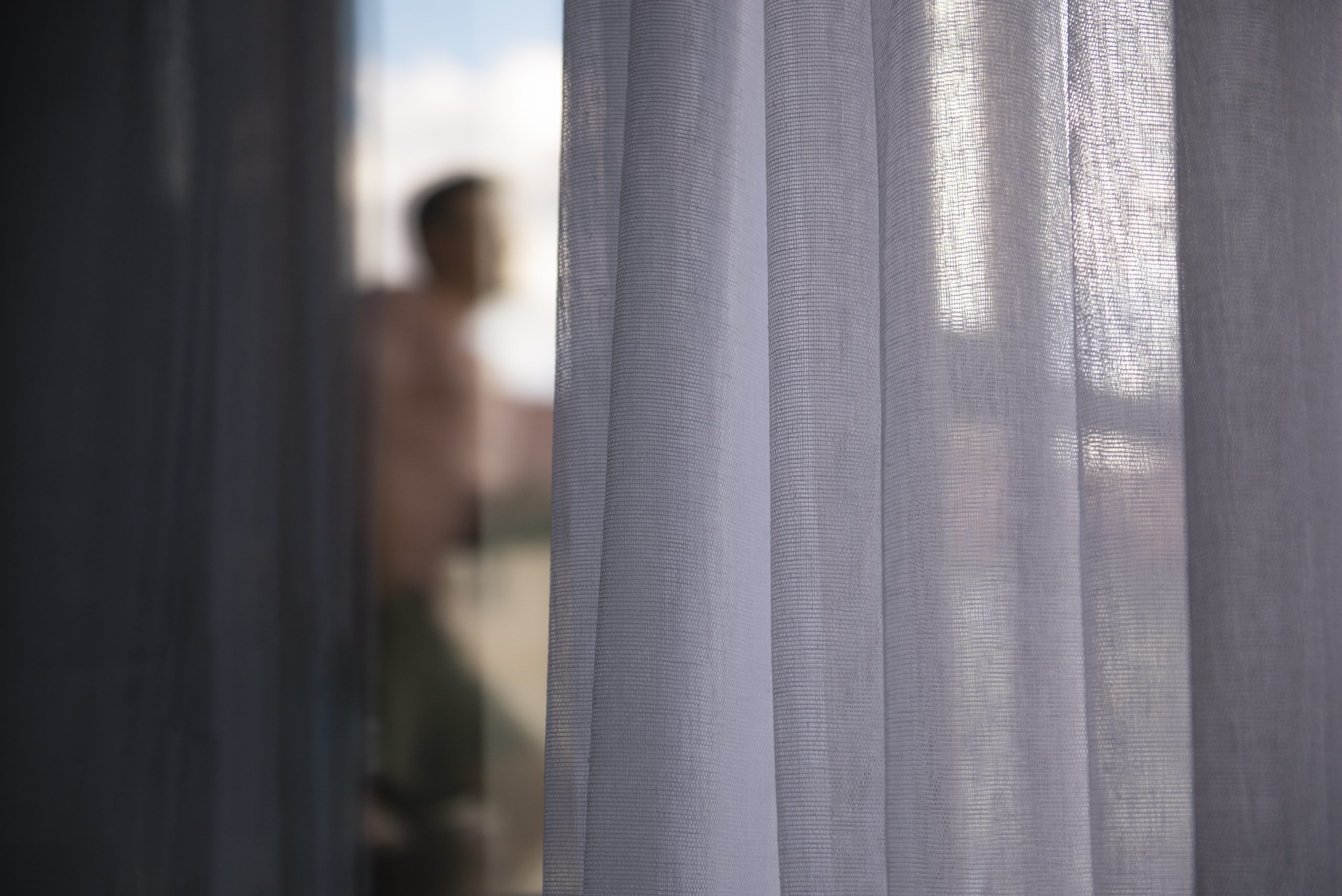
- Mass Loaded Vinyl (MLV)
-
- Cost: Moderate to high, depending on the thickness and quality.
- Effectiveness: MLV is highly effective for blocking noise transmission through walls, floors, and ceilings. It offers excellent noise isolation due to its high density and flexibility, making it a go-to choice for comprehensive home soundproofing projects.
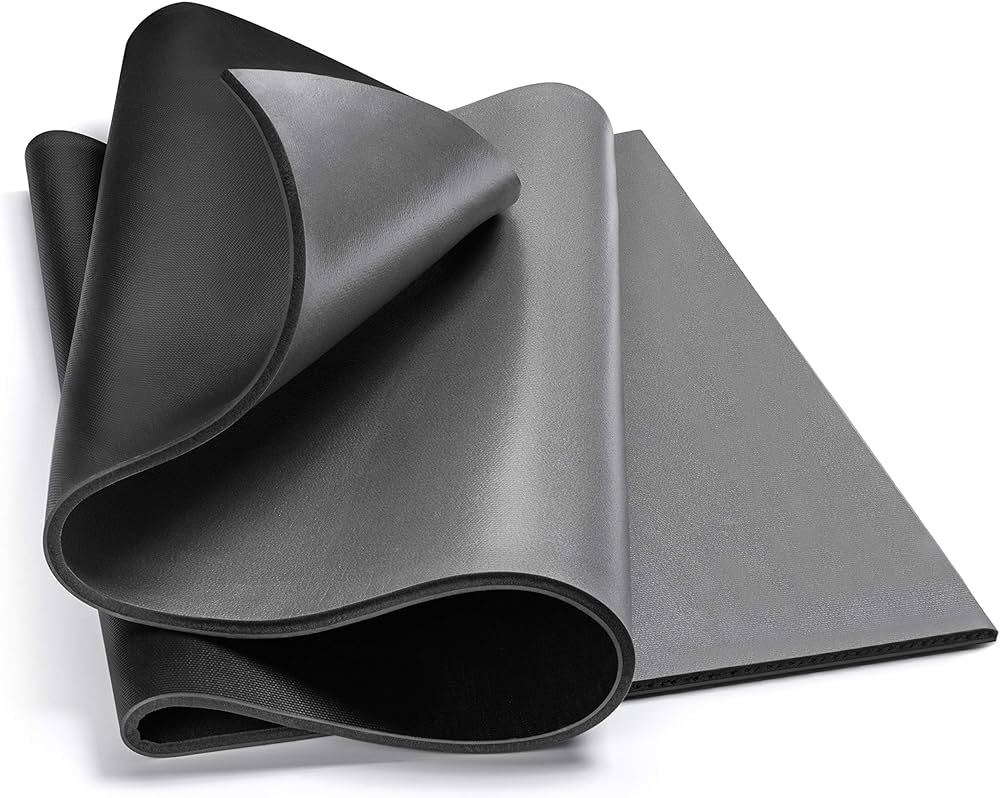
- Soundproof Drywall
-
- Cost: High, as it involves purchasing specialized materials and may require professional installation.
- Effectiveness: Soundproof drywall is extremely effective for noise isolation. It combines multiple layers of gypsum with viscoelastic polymers, significantly reducing sound transmission. This material is ideal for creating quiet spaces in your home but comes with a higher upfront cost.
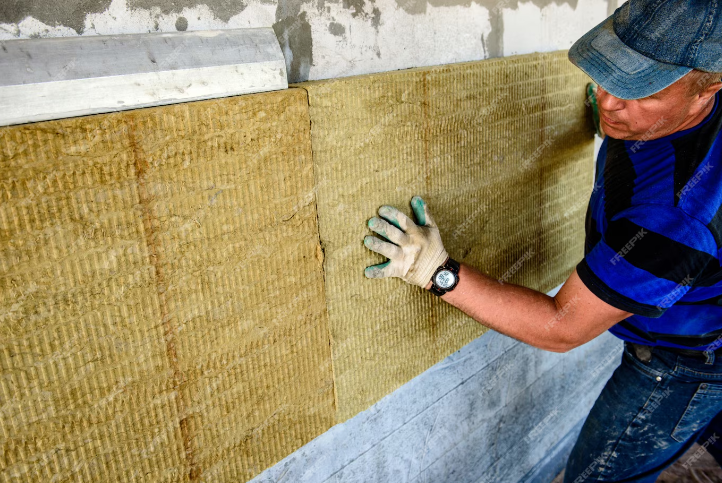
- Acoustic Foam
-
- Cost: Low to moderate, based on the type and thickness of the foam.
- Effectiveness: Acoustic foam is effective for absorbing mid to high-frequency sounds, making it useful in home studios and entertainment rooms. While it’s good for reducing reflections and echoes, it may not provide comprehensive noise isolation for low-frequency sounds.
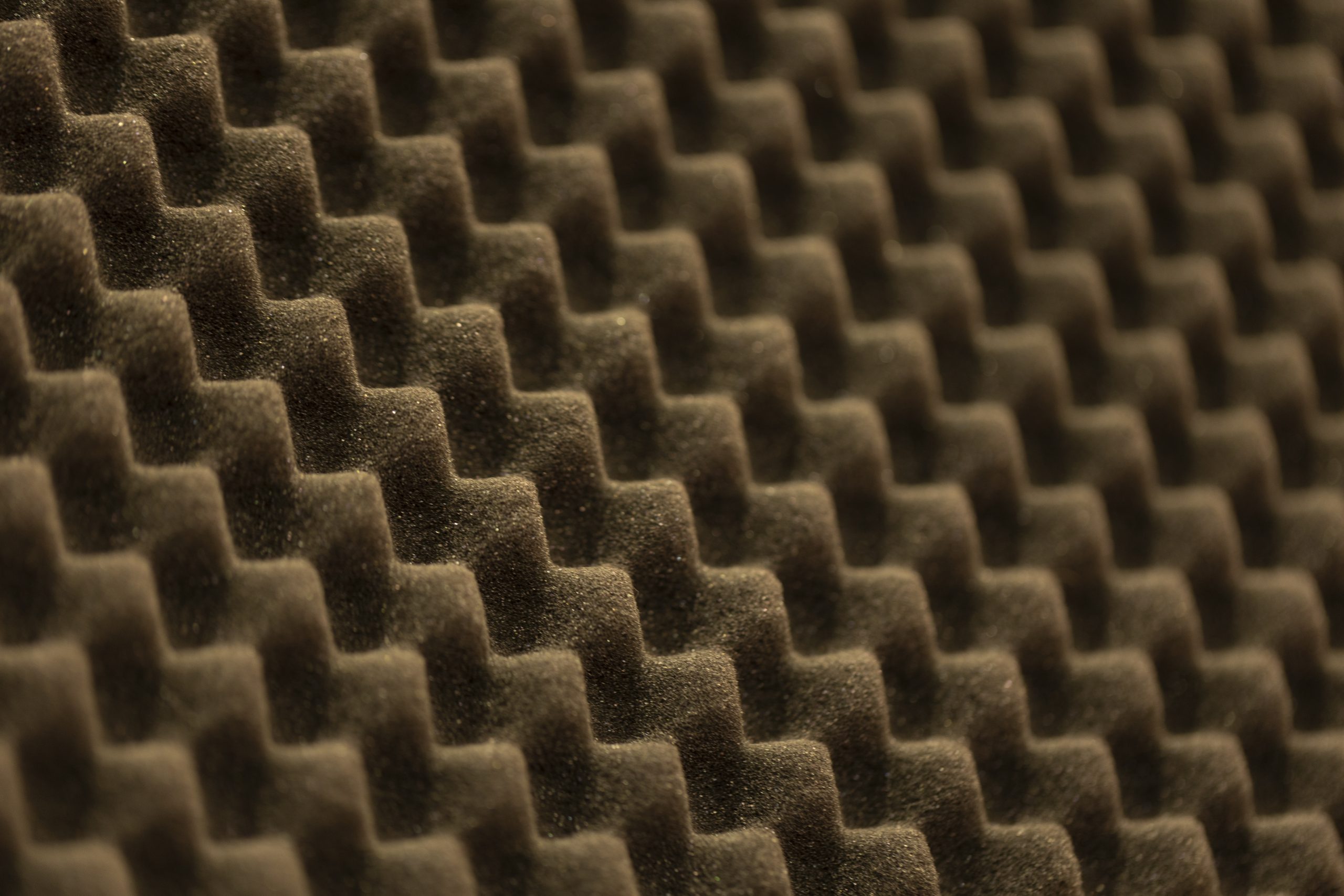
- Carpet and Underlayment
-
- Cost: Moderate. The cost varies with the quality of the carpet and underlayment material.
- Effectiveness: Adding carpet and soundproof underlayment can significantly reduce noise transmission through floors, especially in multi-story homes. This combination provides decent noise isolation and is an effective solution for reducing impact noise.
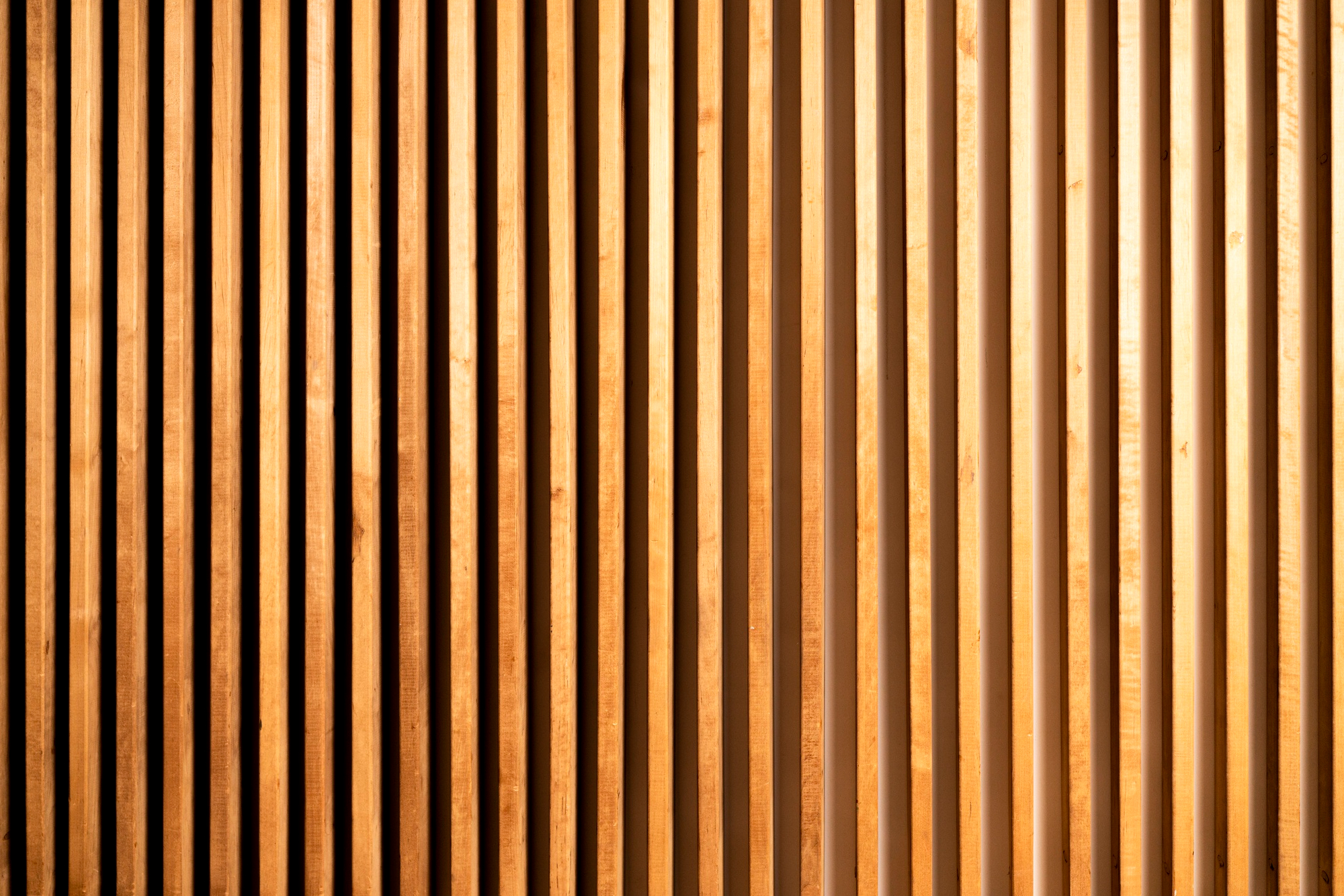
- Weather-stripping
-
- Cost: Low. It is an inexpensive solution.
- Effectiveness: Weather-stripping is highly effective for sealing gaps around doors and windows, preventing sound leakage. It’s a cost-effective way to improve noise isolation without extensive modifications to your home.
-
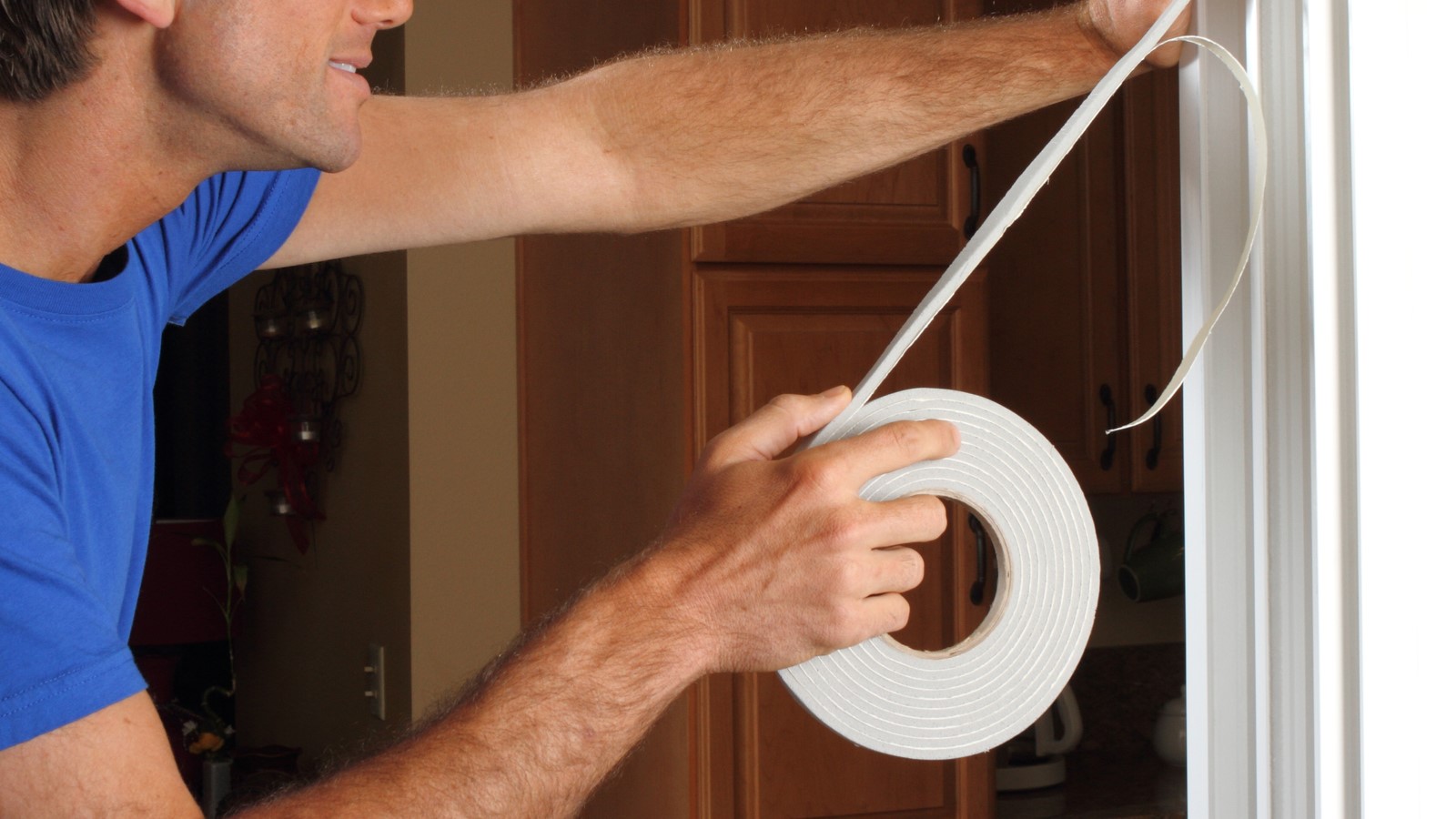
- Double Glazing Windows
-
- Cost: High. Installation and materials can be expensive.
- Effectiveness: Double glazing windows are very effective for reducing sound transmission from outside. They offer excellent noise isolation and also improve thermal insulation, making them a valuable investment for long-term home soundproofing.

- Door Sweeps
-
- Cost: Low to moderate.
- Effectiveness: Door sweeps are effective for sealing the gap at the bottom of doors, reducing noise leakage. They provide a simple and cost-effective method to enhance noise isolation within your home.
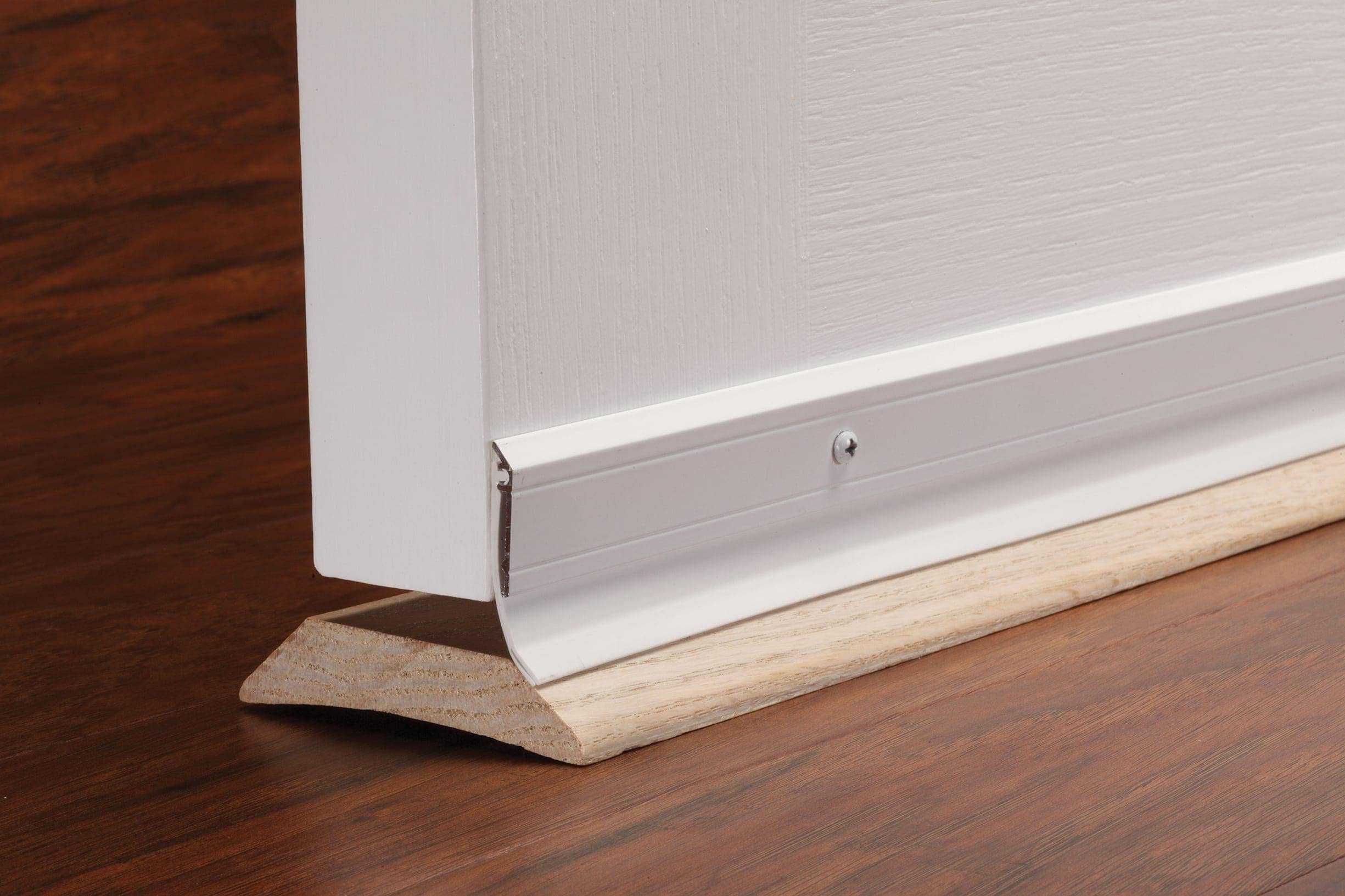
- High-Density Insulation
-
- Cost: Moderate to high, depending on the type and amount required.
- Effectiveness: High-density insulation materials, such as fiberglass or rock wool, are highly effective for soundproofing walls and ceilings. They offer excellent noise isolation and also contribute to thermal insulation, making them a smart choice for comprehensive home soundproofing.

In summary, while the cost of soundproof materials varies, their effectiveness is generally correlated with their density and application. For optimal home soundproofing and noise isolation, it is often beneficial to combine multiple materials and techniques to achieve the desired level of quietness and peace.
What Are the Key Benefits of Using Soundproof Curtains for Noise Isolation in a Home Environment?
Using soundproof curtains as part of your home soundproofing strategy offers several key benefits for noise isolation:
- Effective Noise Reduction
-
- Soundproof curtains are made from dense, heavy fabrics designed to block and absorb sound waves. These soundproof materials are particularly effective at reducing high-frequency noises, such as traffic, conversations, and other external sounds, contributing significantly to noise isolation in your home environment.
- Easy Installation
-
- One of the major advantages of soundproof curtains is their ease of installation. Unlike other soundproof materials that may require professional help, soundproof curtains can be easily hung on existing curtain rods, making them a convenient and cost-effective home soundproofing solution.
- Aesthetic Appeal
-
- Soundproof curtains are available in a variety of styles, colors, and designs, allowing them to blend seamlessly with your home decor. They not only provide noise isolation but also enhance the aesthetic appeal of your living spaces.
- Thermal Insulation
-
- In addition to noise isolation, soundproof curtains offer thermal insulation. The dense fabrics help keep your home warmer in the winter and cooler in the summer, improving energy efficiency and reducing heating and cooling costs.
- Increased Privacy
-
- Soundproof curtains enhance privacy by blocking outside noise and preventing sounds from within your home from escaping. This is particularly beneficial in urban environments where homes are close together, ensuring that conversations and activities remain private.
- Improved Sleep Quality
-
- By effectively reducing external noise, soundproof curtains contribute to a quieter sleeping environment. This can lead to better sleep quality, helping you wake up feeling more rested and refreshed.
- Versatility
-
- Soundproof curtains can be used in various rooms within your home, including bedrooms, living rooms, and home offices. Their versatility makes them a practical addition to any room where noise reduction is desired.
- Cost-Effective Solution
-
- Compared to other soundproof materials and techniques, soundproof curtains are relatively affordable. They provide a budget-friendly option for those looking to improve noise isolation without significant renovations or expenses.
- Portable and Adjustable
-
- Unlike permanent soundproofing installations, soundproof curtains are portable and can be easily moved or adjusted as needed. This flexibility allows you to target specific areas for noise reduction and make changes as your needs evolve.
- Enhanced Comfort
-
- The combination of noise isolation and thermal insulation provided by soundproof curtains creates a more comfortable living environment. Reduced noise levels contribute to a more peaceful atmosphere, while thermal insulation helps maintain a consistent indoor temperature.
In summary, soundproof curtains offer a range of benefits for home soundproofing, including effective noise reduction, ease of installation, aesthetic appeal, and added thermal insulation. These features make soundproof curtains a valuable addition to any home seeking improved noise isolation and overall comfort.
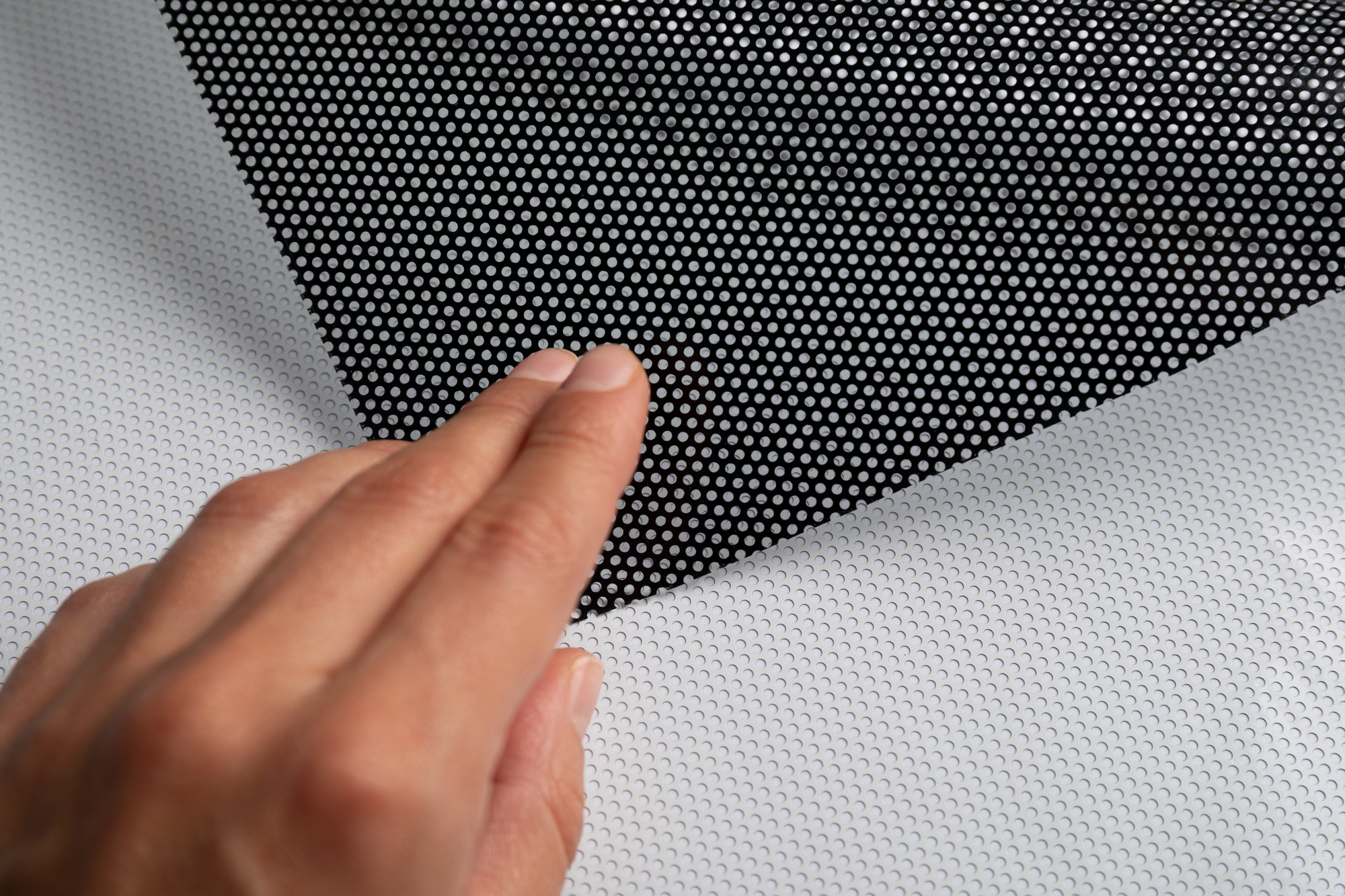
How Does the Installation Process of Various Soundproof Materials Impact Their Overall Performance?
The installation process of soundproof materials plays a crucial role in their effectiveness for home soundproofing and achieving optimal noise isolation. Here’s how the installation impacts the performance of various soundproof materials:
- Acoustic Panels
-
- Impact on Performance: Correct installation maximizes sound absorption and reduces echo and reverberation, significantly improving noise isolation. Improper installation can result in gaps that allow sound to pass through, diminishing their effectiveness.
- Soundproof Curtains
-
- Impact on Performance: Proper installation ensures that soundproof curtains fully cover the windows, blocking out noise effectively. Incomplete coverage or gaps can reduce their ability to provide noise isolation.
- Mass Loaded Vinyl (MLV)
-
- Impact on Performance: Meticulous installation is essential for MLV to provide maximum noise isolation. Poorly sealed seams or incorrect application can compromise its ability to block sound effectively.
- Soundproof Drywall
-
- Impact on Performance: Correct installation is critical for soundproof drywall to achieve its full potential. Decoupling and sealing all gaps enhance its noise isolation properties, while shortcuts can lead to reduced performance.
- Acoustic Foam
-
- Impact on Performance: Proper installation ensures that acoustic foam effectively reduces mid to high-frequency noise. Misalignment or insufficient coverage can lead to inadequate noise isolation.
- Carpet and Underlayment
-
- Impact on Performance: Proper installation provides effective noise isolation by reducing sound transmission through floors. Gaps or poor-quality underlayment can significantly reduce their effectiveness.
- Weather-stripping
-
- Impact on Performance: Well-installed weather-stripping provides excellent noise isolation by sealing gaps that allow sound to pass through. Poor installation can leave small gaps that undermine its effectiveness.
- Double Glazing Windows
-
- Impact on Performance: Proper installation is crucial for double glazing windows to provide effective noise isolation. Incorrect installation can lead to air leaks and reduced soundproofing performance.
- Door Sweeps
-
- Impact on Performance: Correctly installed door sweeps prevent sound from leaking through the gap under doors, enhancing overall noise isolation. Improper installation can leave gaps that reduce their effectiveness.
- High-Density Insulation
-
- Impact on Performance: Proper installation ensures that high-density insulation provides maximum noise isolation and thermal benefits. Gaps or compressed insulation can significantly reduce its soundproofing effectiveness.
In summary, the installation process of soundproof materials is vital to their performance in home soundproofing. Meticulous and precise installation ensures effective noise isolation, while shortcuts or errors can compromise the materials’ ability to block and absorb sound.
Conclusion
The research and development team at LastingOak has demonstrated that selecting the right soundproof materials and ensuring proper installation are key to achieving effective home soundproofing and noise isolation. By understanding the benefits and installation requirements of each material, homeowners can make informed decisions to create a quieter, more peaceful living environment. Whether using cost-effective solutions like soundproof curtains or investing in comprehensive installations like MLV and soundproof drywall, there are options available to suit various needs and budgets.
For further assistance or to explore our range of soundproofing products, visit LastingOak and discover how we can help you transform your home into a haven of tranquility.
FAQ
- What are the most effective soundproof materials for home use?
This question focuses on identifying the best materials available for reducing noise in residential settings, such as acoustic panels, soundproof curtains, and mass loaded vinyl.
- How do I install soundproof materials to achieve optimal noise isolation?
This question addresses the techniques and best practices for installing various soundproofing materials to ensure they work effectively.
- What is the difference between soundproofing and sound absorption?
This question seeks to clarify the distinction between preventing sound from entering or leaving a room (soundproofing) and reducing echo within a room (sound absorption).
- Can soundproof curtains really reduce noise, and how do they work?
Homeowners often ask about the effectiveness of soundproof curtains and the principles behind their noise-blocking capabilities.
- How much does it cost to soundproof a room or a home?
This question revolves around the budget considerations for different soundproofing projects, including material costs and potential professional installation fees.
- Are there DIY soundproofing solutions that are effective?
Many people look for cost-effective and easy-to-implement soundproofing methods that they can do themselves without professional help.
- How do I soundproof my windows without replacing them?
This question focuses on alternative methods for reducing noise through windows, such as using soundproof curtains or window inserts.
- What are the benefits of using mass loaded vinyl (MLV) in home soundproofing?
Homeowners may inquire about the advantages and specific applications of MLV in reducing noise transmission through walls, floors, and ceilings.
- How can I soundproof a home office to create a quiet workspace?
With the rise of remote work, many people are interested in making their home offices quieter to improve concentration and productivity.
- What are the common mistakes to avoid when soundproofing a home?
This question highlights the potential pitfalls in soundproofing projects, such as improper installation or choosing the wrong materials, and how to avoid them.

